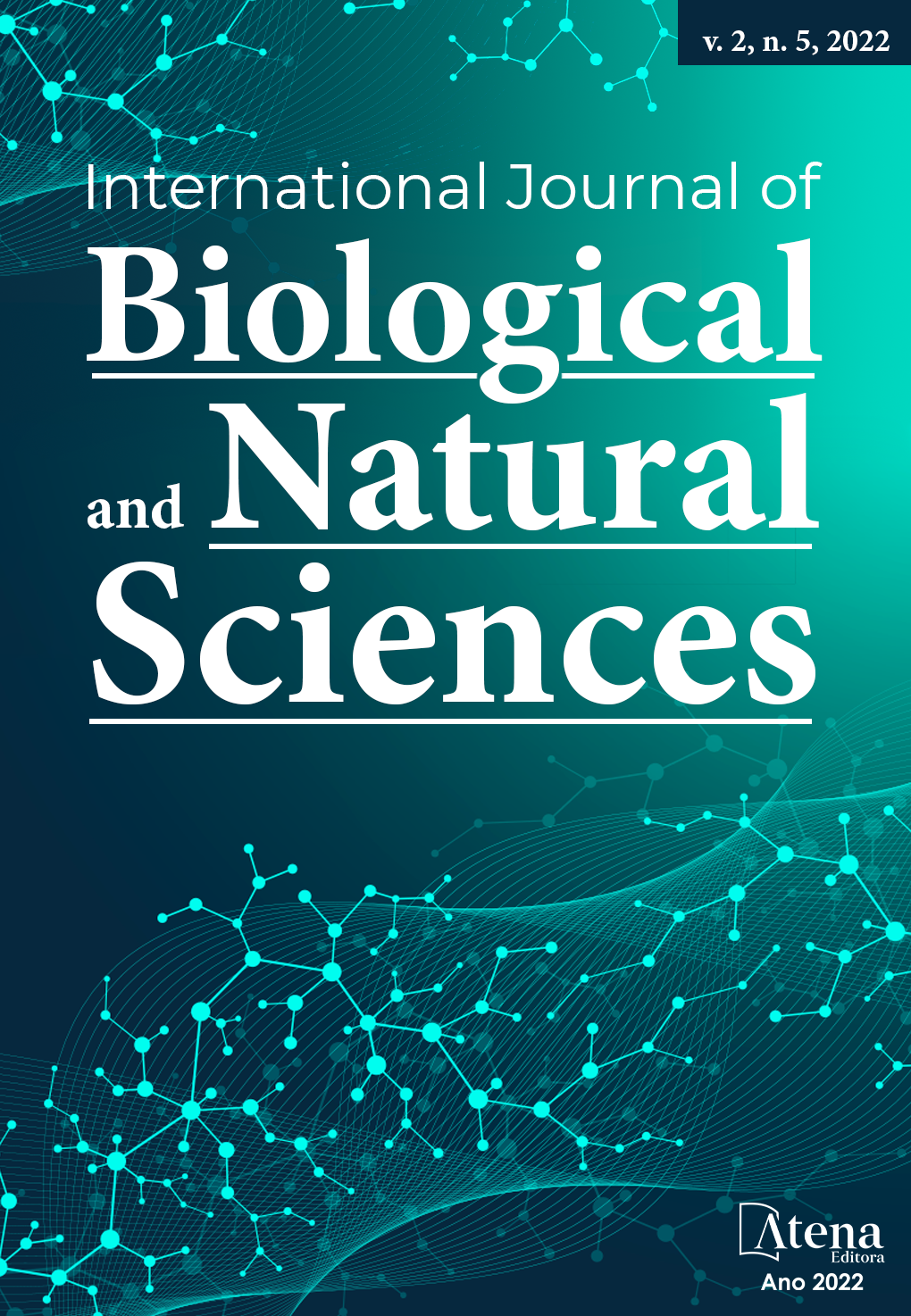
Descriptive and Spatiotemporal Analysis of the Tuna Purse Seine Fishery in the Colombian Pacific Ocean
La pesquería atunera de cerco es de gran escala en el Océano Pacífico colombiano (OPC). El objeto de este estudio es realizar un análisis descriptivo y espaciotemporal de esta pesquería en el OPC brindando nuevo conocimiento y alternativas para su manejo nacional. Datos georreferenciados (2000 – 2019) permitieron analizar la informacion por especie, capacidad de acarreo de los buques y métodos de pesca. El atún aleta amarilla-YFT (Thunnus albacares) y el atún Barrilete-SKJ (Katsuwonus pelamis) fueron las especies más capturadas. El método de pesca No asociado (NoAs) se usó principalmente en la primera década, mientras que el de asociacon a delfines (DEL) se usó principalmente en la segunda; el atún capturado en objetos flotantes naturales (NAT) fue el método menos utilizado, mientras que el atún en dispositivos agregadores de peces (FAD) fue el más utilizado. No hubo un patrón claro de captura anual, mostrando picos discretos de captura en mayo y octubre. El promedio de lances por año fue de 1.230 y solo el 8,7% del atún fue capturado por la flota atunera colombiana en el OPC. La captura por Unidad de Esfuerzo osciló entre 14,9 y 27,2 toneladas/lance efectivo/año. El análisis espaciotemporal mostró cuatro caladeros principales; YFT se pescó principalmente en la zona noroeste y cerca de la costa, mientras que SKJ se capturó en casi todo el OPC; la actividad pesquera principal es realizada por los buques más grandes, mostrando capturas de atún significativamente más altas. El método DEL se utiliza principalmente en la zona central y hacia la costa, mientras que los FAD se utilizan en casi todo el OPC. Es importante trabajar en la regulación del FAD, de descartes de pequeños túnidos, aumentar la cobertura de observadores a bordo, seguimiento satelital y en alta mar, así como caracterizar las condiciones ambientales relacionadas con la pesca de túnidos. La pesqueria de atún debe ser considerada en las iniciativas para establecer nuevas áreas protegidas en el OPC.
Descriptive and Spatiotemporal Analysis of the Tuna Purse Seine Fishery in the Colombian Pacific Ocean
-
DOI: 10.22533/at.ed.813252220075
-
Palavras-chave: Pesqueria Atun red de cerco, metodos de pesca, analisis espaciotemporal, Océano Pacifico Colombiano
-
Keywords: Tuna purse seine fishery, fishing methods, spatial-temporal analysis, Colombian Pacific Ocean
-
Abstract:
The tuna purse seine fishery is a large-scale fishery in the Colombian Pacific Ocean (CPO). This study aims to perform a descriptive and spatiotemporal analysis of the purse-seine tuna fishery in the CPO to provide new knowledge and alternatives for its domestic management. Georeferenced data (2000 – 2019) allowed the analysis by species, vessel carrying capacity, and fishing method. Yellowfin Tuna-YFT (Thunnus albacares) and Skipjack Tuna-SKJ (Katsuwonus pelamis) were the most captured species. The Not Associated method (NoAs) was mostly used in the first decade, while the method associated with Dolphins (DEL) was mainly used in the second. The natural floating objects method (NAT) was the least used method, while the fish aggregating device method (FAD) was the most used. There was no clear annual catch pattern with discrete peaks in May and October. The average number of sets per year was 1,230, and only 8.7% of the tuna was captured by the Colombian tuna fleet in the CPO. Capture per Unit Effort oscillated from 14.9 to 27.2 t/effective set/year. The spatiotemporal analysis showed four main fishing grounds; YFT was mainly fished in the northwestern zone and near the coast, while SKJ was captured in almost all CPO; the main fishing activity is performed by the largest vessels, showing significantly higher tuna catches. The DEL method is used mainly in the central area and towards the coast, while FAD is used in most of the CPO. It is important to work on the FAD regulation, small tuna discards, increase the fishing observer coverage, satellite, and on-the-field vessel monitoring, and characterize environmental conditions related to tuna fishing. Furthermore, tuna fishing should be considered in the initiatives to establish new protected areas in the CPO.
-
Número de páginas: 7
- Vladimir Puentes Granada
- Hernando Hernández
- Néstor Ardila
- Christian C. Bustamante
- Emiliano Zambrano
- Segio I. Jimenez
- Sebastián Hernández
- Jairo Altamar
- Juana Murillo
- Carlos G. Barreto
- Mario Rueda
- Ivan F. Benavides


